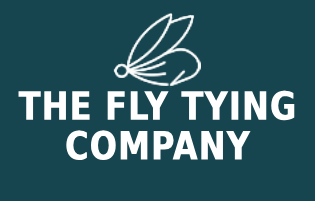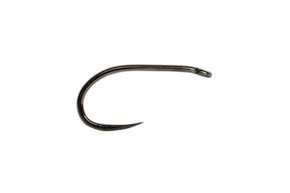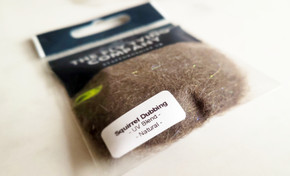Pheasant Tail Nymph (PTN) Fly Pattern: Materials, Tying Steps & Fishing Tips
Origin and History
The Pheasant Tail Nymph (PTN) was developed in the 1950s by Frank Sawyer, a riverkeeper on the River Avon in Wiltshire, England. Sawyer designed the fly to imitate slender mayfly and olive nymphs found in chalkstreams, using copper wire both as rib and tying thread. His minimalist approach produced a slim, lifelike nymph that sinks quickly and moves naturally in the current. Today, the PTN is one of the most widely used and effective nymph patterns in the world, equally at home on UK rivers, stillwaters, and streams across the globe.
Materials
- Hook: Nymph hook, sizes 12–20
- Thread/Rib: Fine copper wire (used as rib and tying thread in Sawyer’s original)
- Tail: Fibres from pheasant tail feather
- Body: Pheasant tail fibres
- Thorax: Additional pheasant tail fibres or peacock herl (for variants)
- Wing Case: Pheasant tail fibres pulled over thorax
Popular Variations
- Beadhead PTN – brass or tungsten bead for weight and flash
- Flashback PTN – tinsel wing case for added attraction
- Hotspot PTN – orange or chartreuse thread behind bead
- Micro PTN – size 18–22 for finicky fish on clear rivers
- Hare’s Ear PTN – thorax dubbed with hare’s ear for a buggier look
Step-by-Step Tying Guide
- Secure the hook in the vice and attach copper wire behind the eye, wrapping to the bend.
- Tie in 3–4 pheasant tail fibres at the bend for the tail.
- Bind down the pheasant tail fibres with copper wire and wrap them forward to form a slim body.
- Counter-wrap copper wire up the body to rib and reinforce, stopping behind the eye.
- Tie in additional pheasant tail fibres over the thorax area to form the wing case.
- Use pheasant tail or peacock herl to bulk out the thorax beneath the wing case.
- Pull wing case fibres forward over thorax, secure, and trim excess.
- Whip finish with copper wire and trim — Sawyer’s original design required no varnish.
Seasonality & Representation
The PTN is effective year-round, imitating mayfly and olive nymphs — key trout food sources in UK rivers and stillwaters. It is especially deadly in spring and autumn when Baetis nymphs are abundant. Its slim, natural profile makes it equally suitable as a searching nymph when fish are feeding sub-surface but not visibly rising.
Tackle and Setup
- Rod: 9–10ft, 3–5wt for rivers; 5–6wt for stillwaters
- Line: Floating line with nymphing leader; sink-tip or intermediate for stillwaters
- Leader: 9–12ft, 5–6X tippet for rivers; 10–15ft fluorocarbon for stillwaters
- Setup: Can be fished singly, in tandem with a dry fly (New Zealand style), or as part of a team of nymphs
Summary Table
| Aspect | Details |
|---|---|
| Origin | Frank Sawyer, River Avon, 1950s |
| Best Seasons | Year-round (peak in spring & autumn) |
| Represents | Mayfly and olive nymphs |
| Hook Sizes | 12–20 |
| Tackle Setup | 9–10ft rod, floating/sink-tip/intermediate line, 9–15ft leader |












